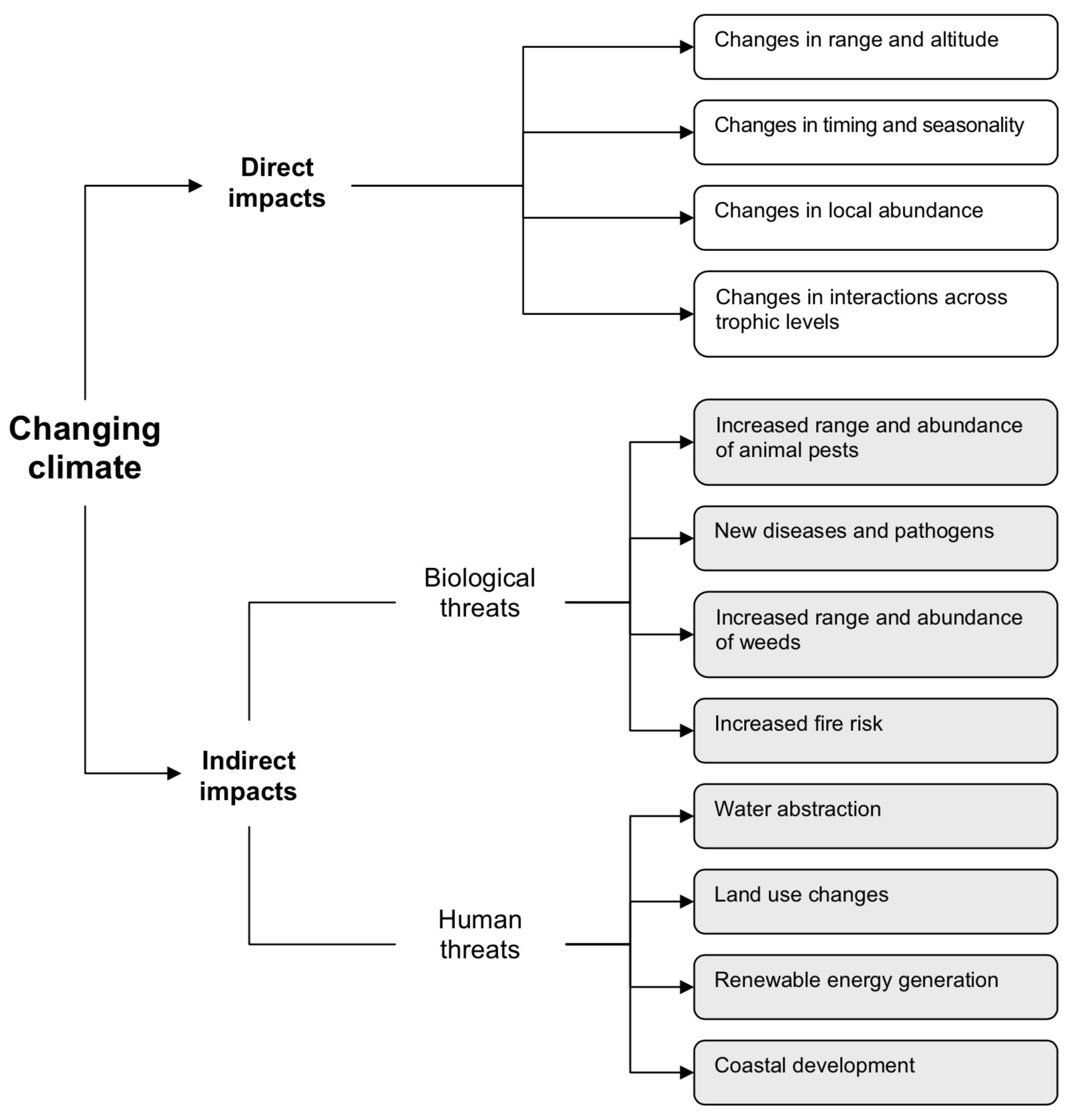Photo: Steve Attwood examines all that’s left of the Ashley Rakahuri River during a drought.
The Climate Project

This BRaid-led project on a separate website answers questions about climate change and how our native ecosystems are essential in mitigating the impacts. As many river bird species migrate to the coast for winter, oceanic ecosystems have a significant impact on them. Each page includes references and peer-reviewed research.
There is good news!
Braided river ecosystems evolved to thrive in response to rapid and dynamic change.
Of all the ecosystems in New Zealand, braided rivers are the most inherently capable of resiliency to climate change. But only if we protect and restore them, and give them room to move, so that they can continue to support our unique birds and wildlife and provide priceless and irreplaceable ecosystem services at a time when we most need them.

